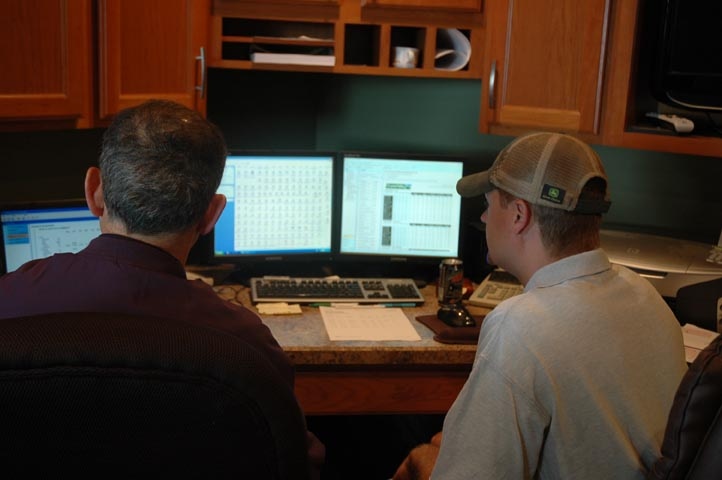
I recently made my annual trek to WebEquity Solutions’ annual client conference in Omaha, NE. What started over 15 years ago as a small conference with less than 40 people is now one of the showcase ag lender events of the year with an emphasis on technology. This year one of my assignments was to serve on a panel with some ag lenders. I was placed in the hot seat to provide wisdom and wit about the current state of affairs. The following are some specific points and perspectives that I covered.
Greed in Agriculture
Yes, greed is alive and well in the agricultural landscape. Whether it is cash rents or land values, many individuals are getting caught up in the undisciplined pursuit of more. Some landlords are going for the highest rent and in doing so are crowding out young people who want a chance. This occurs both inside and outside the family. Paying top-dollar for cash rents on long-term contracts for the sake of being the biggest is often seen in today’s agricultural landscape. Whether it was the dot-com bubble, the housing real estate bubble in the South and the West or the current farmland bubble, red-hot market cycles lead to greed, and then sometimes greed leads to the emergence of fraud or unethical activities when the markets or asset values correct. Many landlords and some producers and lenders will experience this if and when the correction occurs.
Like what you're reading? Subscribe to CSD Extra and get the latest news right to your inbox!
Institutional Knowledge: The 40/30 Rule
The 40/30 Rule does not refer to an old John Deere, but age demographics in the agriculture and rural landscape. A person involved in agricultural lending or agribusiness who is 40 years of age was 10 years old in the 1980s during the farm crisis. Digging deeper, someone who is now 30 years old was not even a twinkle in the eye during the correction of the 1980s. Believe me, the defining moment of the next generation of agriculturalists will be how they handle the next economic crisis that will come to agriculture. Leadership is defined by how one or a group of individuals handle adversity. Many of my educational programs in the next two years will focus young people on the subject of how to handle the next crisis.
Next time, I will share more wisdom and wit from the conference.
P.S.: I fully realize that the young people reading this column are probably rolling their eyes and saying, “He’s caught up in the time warp of the 1980s.” When I was in graduate school at Cornell University in Ithaca, NY, I was rolling my eyes sometimes about the stories of the Great Depression. It is each generation’s “badge of courage,” to listen and take heed! Sometimes, like the Crosby, Stills, Nash and Young song, it is important to “teach your children well.” Now I have really gone into a time warp!
About the Author(s)
You May Also Like






